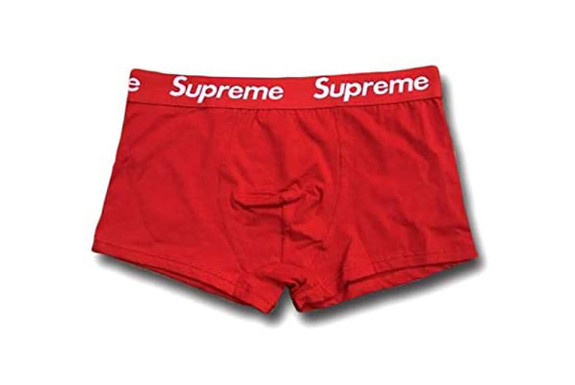What’s in a name?
- Damian Totman
- Jun 18, 2020
- 2 min read
Updated: Jun 22, 2020
Good. Better. Best. Superior.
For about a century, companies and brands have been elevating their standing in the minds of customers by staking their claim to the top.
Better products. Better prices, and better service.
In a world of parity goods and services, names helped differentiate one company from the other.
You might not sell the best products, but you could call yourself Best Buy.
You may not be distilled as much as the next potato, but you could be the Absolut vodka.
The Paramount cigarette, film studio or dog food.
The well-mannered world of twentieth-century advertising legal departments spent their days carefully navigating the claims of superiority by Razor A over Razor B. Ideas like this live on, only neutered. Amazingly, I can still buy a shaving product named X-Treme-3 Ultimate Plus. (Not that I believe that it is the ultimate razor. In fact, the ridiculousness of the name would ensure I never bought it, and I would actively encourage you, readers, to not buy it either, purely on the grounds of irritation.)
As the public’s trust in commercial messaging has further eroded, many of these names seem like they belong in a museum, the names effectively meaningless.
Supreme Mattress Protector. Superior Waste Services.

But, that hasn’t stopped the race to the top. And when it’s crowded at the top, just shoot beyond it.
The quaint contest of product-superiority-naming has been left in the dust, reinvented with sublime power by one seven-letter superlative.
Supreme. Not Supreme Tracksuits. Supreme Skateboards, or Supreme Underpants. Sure they sell all those items, but they are just Supreme. Straight out of nowhere, you can take it or leave it.
Borrowing heavily from the commerce-as-anti-commerce aesthetic of Barbara Kruger, Supreme landed on New York’s Lower East Side in the early 2000s. Simultaneously outsider, insider, high-brow and low-brow, Supreme bled into NY culture as a street-wise, authentic brand that vexed the Madison Avenue cognoscenti.
A master-stroke of art versus commerce, they extracted a word from the graveyard of commercialism and made it their own.
The success is staggering. The rest is history. And you can buy a piece of it with this USD$1509.00 t-shirt:
As I went looking for the perfect name for my design studio, I fell into the same traps that anybody does, searching for the magic.
Trying to be too clever, or too design-y. Or caught up in some moment of mono-syllabic zen.
I’m commercial. So are my clients. Let’s sell out together, in the right kind of way. Loud, proud and looking good. We exist in a world where all brands seek to gain attention on the fame continuum. A few extra likes. A few new customers. A few million in sales. Some are there already. Some are not, sitting somewhere between stardom and obscurity. Just like me.
Welcome to Semi-famous.
Damian Totman is a writer and designer based in London. Semi-famous studio works on projects all around the world. In his former lives, Damian was the global creative director of tech giant, Bloomberg. He has owned and run an agency in New York, and worked in lots of creative companies with long sets of initials on the door. He's selectively opinionated.








